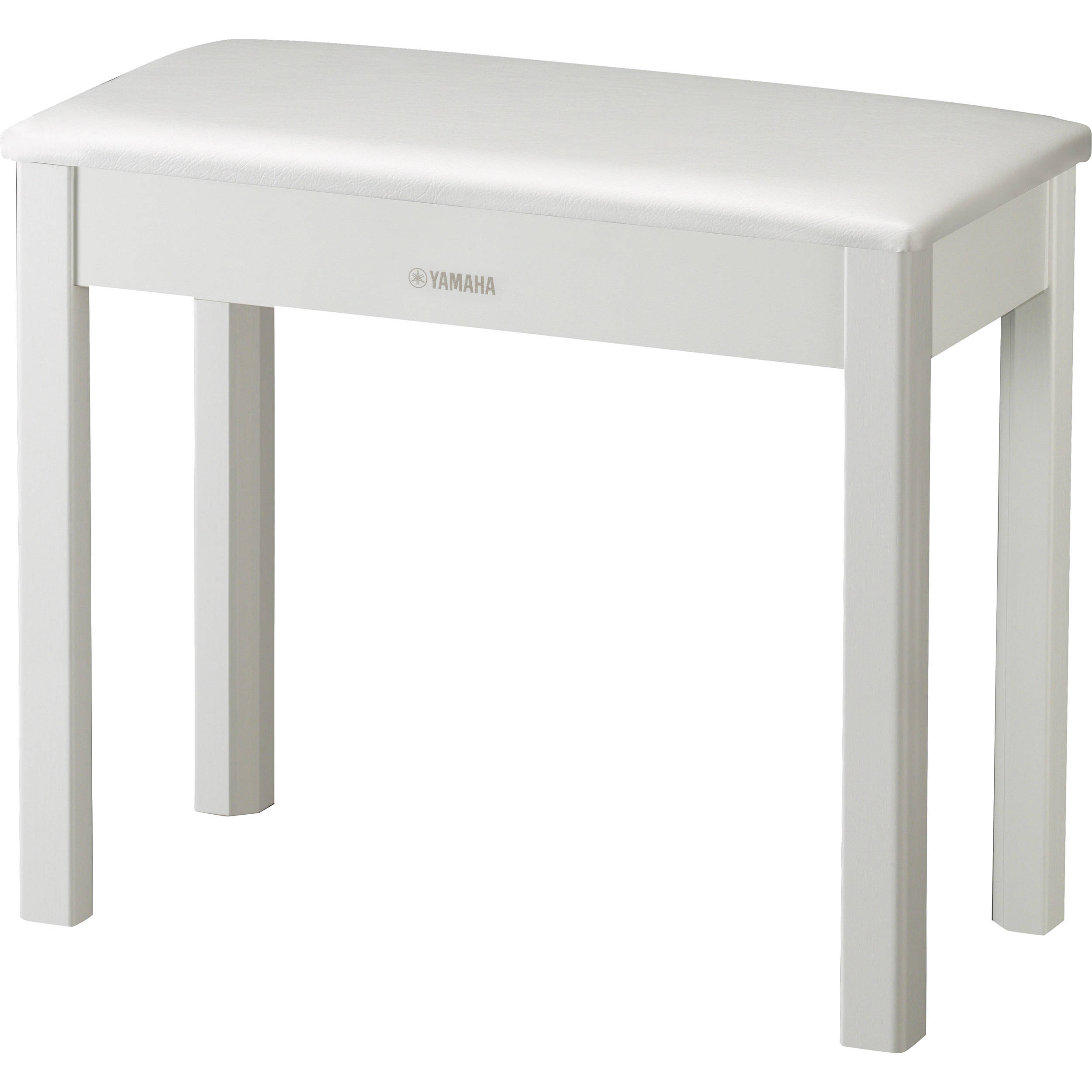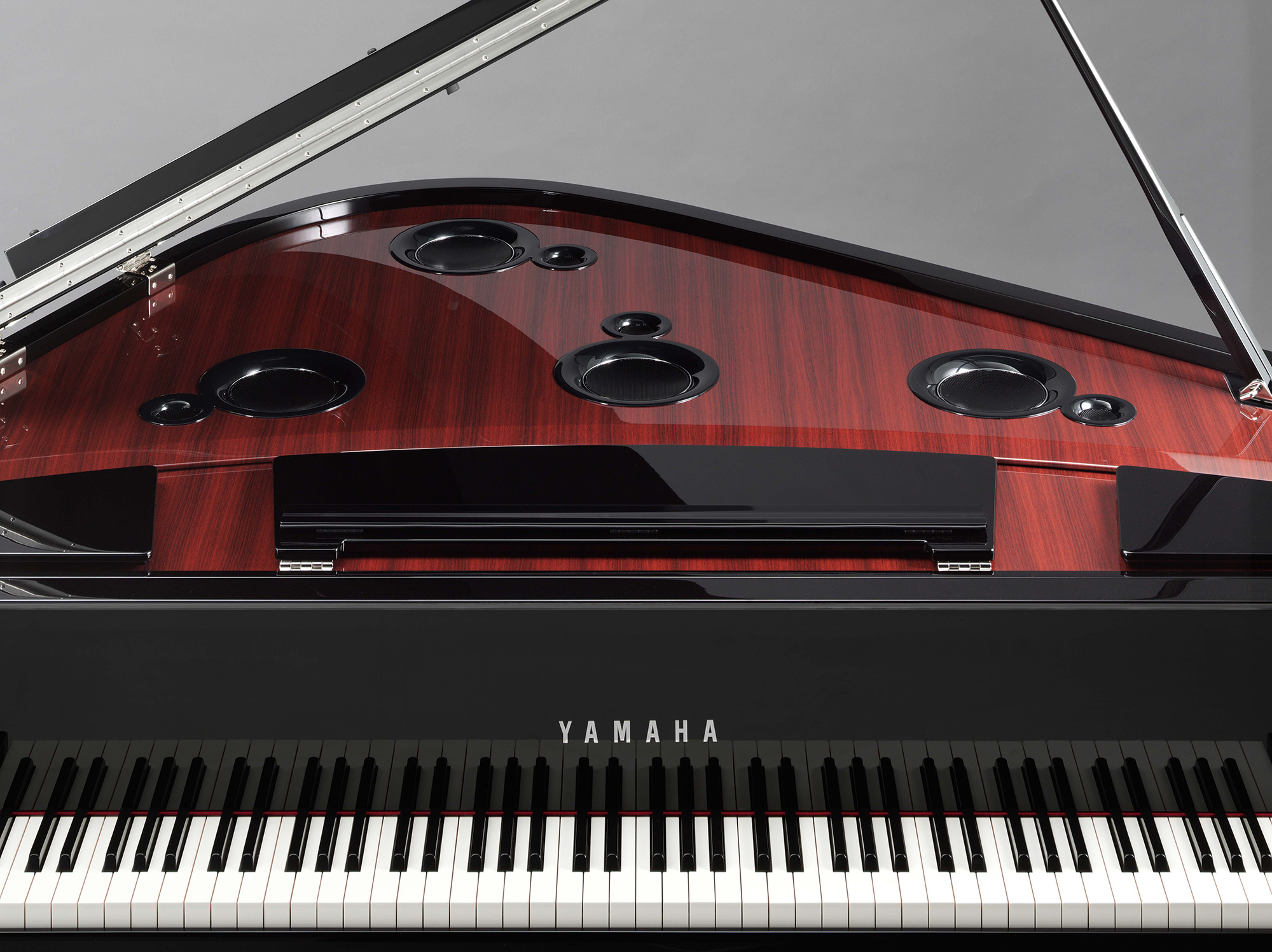Are you confused about the differences between a keyboard and a piano? Do you often wonder if they are one and the same? As someone who has been playing both instruments for years, I can assure you that there are distinct differences between them. But don’t worry, I’m here to help!
In this article, we’ll explore the similarities and differences between keyboard and piano so you can have a better understanding of these two popular musical instruments. We’ll discuss everything from their construction, sound quality, versatility, cost, and more. By the end of this article, not only will you know which instrument is right for your needs but also gain an appreciation for both. So let’s dive in and unravel the mystery behind whether keyboards and pianos are truly one or different!
So, are keyboard and piano the same?
They are both musical instruments that produce sound through keys being pressed down. However, there are some key differences between a keyboard and a piano.
A piano is an acoustic instrument with 88 keys, each producing its own unique sound when struck by hammers inside the instrument. It has a wide range of dynamics and produces rich, resonant tones. Pianos also require regular tuning to maintain their pitch.
On the other hand, a keyboard is an electronic instrument with varying numbers of keys (usually between 61-88). The sounds it produces are digitally recorded samples of different instruments or synthesizers. Keyboards often have additional features such as built-in rhythms and effects. They do not require tuning but may need occasional maintenance.
In summary, while both keyboards and pianos use keys to produce music, their mechanics and capabilities differ greatly. Pianos offer a more traditional playing experience with natural acoustics while keyboards provide versatility in sound options for modern musicians.
Exploring the Physical Differences Between Pianos and Keyboards
The world of music houses an array of wonderful instruments, among them are the elegant piano and its technologically advanced cousin, the modern keyboard. These two might seem extraordinarily similar at first glance. They both possess rows upon rows of black and white keys that produce musical notes when pressed. However, beneath these apparent similarities lie numerous physical differences.
Let’s start our exploration with the classic piano. Originating from Italy in the 18th century, it’s a large and heavy instrument often made from wood with 88 weighted keys (52 white and 36 black). Its sheer size is due to an intricate internal mechanism including strings stretched across a frame which resonate when hit by hammers triggered by pressing down on a key. Because each key corresponds directly to one string, pianos can offer great control over pitch, volume and sustain.
Pianos:
- Large in size
- Made mostly from wood
- 88 weighted keys that connect directly to individual strings
On comparison,
the keyboard has smaller dimension; it may have fewer than 88 keys (commonly ranging between 61-76), is extremely portable due to being lightweight mainly because they lack any internal acoustic components like strings or hammers. Instead they use digital sound technologies which means you’ll need external speakers or headphones for playback as well as power source/electricity for operation.
Keyboards:
- Fewer than 88 Keys
- Lightweight & Portable
- No internal acoustic components – needs electricity/speakers/headphones.
In essence, while both can create beautiful melodies, their physical characteristics define their distinct sounds and playing experiences.
Understanding the Sound Quality: Keyboards Versus Pianos
The sweet symphony of music that is produced when the fingers dance gracefully on the keys of a piano, or the buzz-filled electronic tones from a keyboard, truly make for an interesting comparison. All it takes is just to close your eyes and lend an ear, then you will understand why sound quality plays such a crucial role in distinguishing between these two musical instruments. The piano, with its rich acoustic sound, resonates with pure and untouched harmony because each key strikes a string inside its wooden body causing vibrations which create clear and resonant tones.
On another note entirely (pun intended!), let’s talk about keyboards. Keyboards have their unique charm that lies in electronic versatility. This versatile marvel can simulate multiple sounds from various instruments at the push of a button. However, there are distinct differences here:
- The original sound textures may not be as rich or full-bodied on keyboards due to digitized sampling.
- The feel under your fingers will differ too – most pianos offer weighted keys which provide tactile feedback unlike keyboards.
- Last but not least: volume control – while pianos rely on player touch sensitivity for volume changes, keyboards use sliders or dials enabling greater precision.
While both have their own distinct flavors and benefits – it all comes down to personal preference based on what kind of music one wishes to create!
Read also: are keyboard and piano the same
The Versatility Factor: Comparing The Range of a Piano to a Keyboard
Imagine sitting down to play a grand piano. The unmistakable resonance of the strings, the feel of the ivory keys beneath your fingers, and an incredible range that spans over seven octaves. The piano, with its 88 keys – 52 white and 36 black, provides musicians both professional and amateur with an enormous playground for their creative expression. Each key corresponds to a different pitch, allowing you to create melodies that can be soft and subtle or as thunderous as a storm.
When comparing this dynamic instrument to its modern counterpart – the keyboard, things get fascinating. With advancements in technology, keyboards often come packed with hundreds of different sounds ranging from traditional instruments such as violins or guitars to futuristic electronic beats. They typically have fewer physical keys than pianos (ranging anywhere between 25-88 keys), but do not underestimate their ability because they can emulate an entire orchestra at your fingertips! But it’s not just about number crunching; another significant advantage lies in their unique features like:
- Transpose function: This lets you shift the pitch up or down while playing.
- MIDI compatibility: Keyboards can connect to computers for recording or music production purposes.
- Built-in rhythms & accompaniments: This allows solo performers to sound like they’re part of a band!
In summary: while pianos may offer more depth regarding raw acoustic quality and range due solely on its sheer number of keys; keyboards win out when it comes to versatility thanks in large part due to technological enhancements making them perfect for various musical genres.
 are keyboard and piano the same
are keyboard and piano the same
Cost Comparison: Are Keyboards or Pianos More Economical?
Before diving into the heart of our discussion, one crucial factor to remember is that keyboards and pianos are both magnificent instruments, each with their unique qualities. Now, let’s explore their costs – a significant aspect for many. Pianos can be quite pricey. An entry-level upright model might set you back from $3,000 to $5,000 while high-end models or grand pianos could range anywhere from $10,000 up to a hefty six-figure sum! The maintenance cost also shouldn’t be overlooked as tuning (sometimes twice a year) and occasional repairs add to the expense.
In contrast, keyboards tend to be more budget-friendly with prices generally ranging between $100 and $3000 depending on factors like brand value or features offered.
- Premium home models hover around the price bracket of 500$-1000$,
- MID-tier offerings often land between 200$-500$,
- And beginners’ models fall under 200$.
The cherry on top? Keyboards need hardly any maintenance; they’re pretty much “plug-and-play.” Also weighing in favor of keyboards are additional expenses – sheet music stands or benches come free with most keyboard kits but may have extra charges with traditional pianos.
Overall verdict? If budget constraints are your priority then keyboards edge out pianos by offering good sound at an affordable rate plus minimal upkeep requirements. However if quality takes precedence over price for you then investing in a piano could offer unrivaled authenticity in terms of touch and tone.
You may also like: p85 yamaha piano price
Conclusion: Summing Up the Differences between Keyboard and Piano
In conclusion, the differences between a keyboard and a piano are both subtle and significant. It’s like comparing apples to oranges — while they share some qualities, their unique characteristics define them. The most obvious difference is in their exterior build; an elegant piano commands your attention with its grand structure, while keyboards possess a sleek compactness that makes them portable and versatile. But beyond aesthetics lie more profound distinctions.
A piano offers acoustic sound generated by hammers striking strings when you press down on the keys. This authentic sound production delivers warm tonal richness that can’t be replicated completely by any electronic device including keyboards.
On the other hand, keyboards produce sounds digitally — recording or ‘sampling’ from various instruments (including pianos) which allows for sonic flexibility and creativity.
- The touch sensitivity feature on some models even mimics the dynamic range of pianos—softness for light key presses and loudness for harder ones.
- The ability to alter volume levels manually is another edge keyboards have over traditional pianos.
Despite these disparities though,both instruments hold equal importance depending on one’s musical needs. Whether you’re drawn to the classic grandeur of a piano or inclined towards the innovative versatility of a keyboard – remember it’s not about superiority but suitability!

